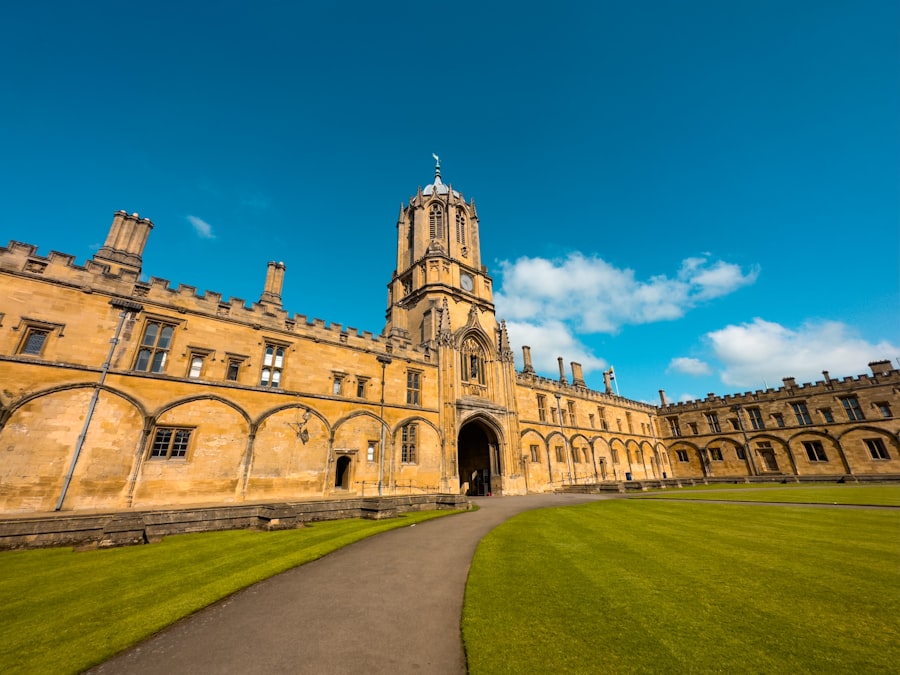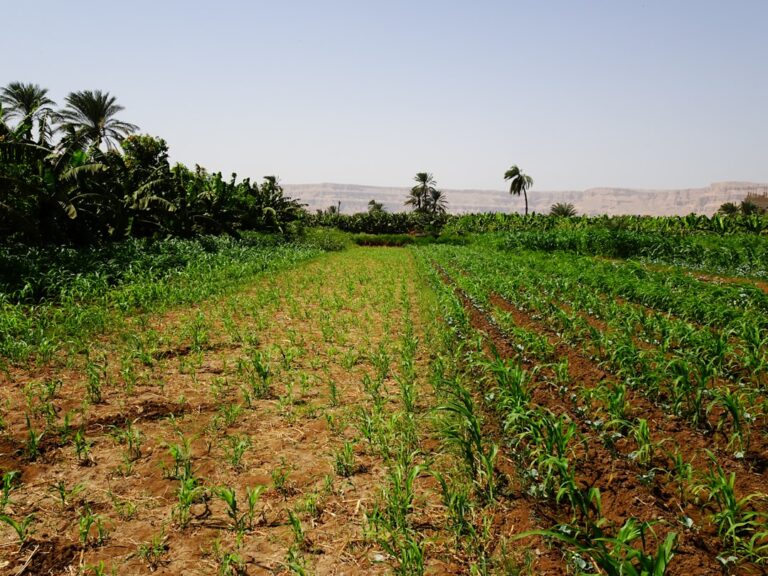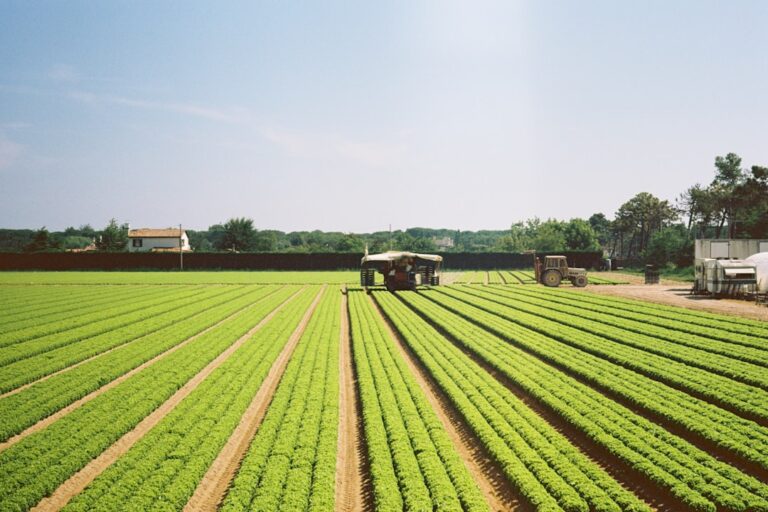Feudalism emerged as a dominant social and economic system in medieval Europe, particularly from the 9th to the 15th centuries. At its core, feudalism was characterized by a rigid hierarchical structure that defined relationships between different classes of society. The king sat at the top of this hierarchy, granting large tracts of land, known as fiefs, to powerful nobles or lords in exchange for military service and loyalty.
These lords, in turn, would grant portions of their land to vassals—lesser nobles—who would also pledge their allegiance and provide military support when required. This intricate web of obligations created a system where land ownership was synonymous with power and influence. The relationship between lords and vassals was not merely transactional; it was steeped in mutual obligations that defined the social fabric of the time.
Lords were expected to protect their vassals and provide them with the means to sustain themselves, while vassals were obliged to serve their lords in times of war and offer counsel in matters of governance. This bond was often formalized through ceremonies that included oaths of fealty, reinforcing the personal nature of these relationships. Below the lords and vassals were the serfs and peasants, who worked the land and provided the agricultural output necessary for the sustenance of the entire feudal system.
While they were not considered part of the nobility, their labor was essential, and they were bound to the land they worked, often with little hope of upward mobility.
Key Takeaways
- Feudalism was a hierarchical system based on land ownership and obligations between lords and vassals.
- The decline of feudalism was caused by factors such as the Black Death, the rise of centralized monarchies, and the growth of trade and commerce.
- The emergence of capitalism was influenced by factors such as the growth of trade, the rise of banking and finance, and the development of new technologies.
- The transition from feudalism to capitalism in the early modern West was marked by the growth of a market economy, the rise of industrialization, and the development of wage labor.
- The rise of capitalism had significant economic and social impacts, including the growth of urban centers, the expansion of trade networks, and the rise of a middle class.
The Decline of Feudalism: Causes and Consequences
The decline of feudalism was a gradual process influenced by a multitude of factors that reshaped European society from the late Middle Ages into the early modern period. One significant catalyst for this decline was the rise of centralized monarchies. As kings consolidated power, they began to assert greater control over their territories, diminishing the autonomy that lords had previously enjoyed.
This centralization was often accompanied by the establishment of professional armies, which reduced reliance on feudal levies for military service. The emergence of a strong state apparatus allowed monarchs to impose taxes directly on their subjects, further undermining the traditional feudal obligations that had defined lord-vassal relationships. Another critical factor contributing to the decline of feudalism was the growth of trade and commerce.
The revival of urban centers and the establishment of trade routes during the late medieval period led to an increase in wealth among merchants and artisans. This burgeoning middle class began to challenge the established social order, seeking greater political power and economic independence. The rise of towns as centers of commerce provided opportunities for individuals to accumulate wealth outside the feudal system, leading to a gradual erosion of the rigid class distinctions that had characterized feudal society.
As towns gained more autonomy, they often sought charters from monarchs that granted them self-governance, further diminishing the power of local lords.
The Emergence of Capitalism: Factors and Influences

The transition from feudalism to capitalism was not instantaneous; rather, it unfolded over several centuries and was influenced by various economic, social, and cultural factors. One of the most significant developments was the expansion of trade networks that connected Europe with Asia and Africa. The Crusades played a pivotal role in this expansion by re-establishing contact with Eastern markets and introducing new goods such as spices, silk, and precious metals into European economies.
This influx of wealth stimulated demand for luxury items among the growing merchant class, fostering an environment conducive to capitalist practices. Additionally, technological advancements during this period contributed to the rise of capitalism. Innovations such as the printing press revolutionized communication and education, allowing for the dissemination of new ideas about economics and governance.
The introduction of double-entry bookkeeping provided merchants with better tools for managing their finances, facilitating more complex business transactions. Furthermore, the development of joint-stock companies allowed for collective investment in ventures that would have been too risky for individual investors. These changes laid the groundwork for a capitalist economy characterized by private ownership, profit motive, and competitive markets.
Early Modern West: Transitioning from Feudalism to Capitalism
The early modern period marked a significant turning point in European history as societies began to transition from feudal structures toward capitalist frameworks.
In England, for instance, the dissolution of monasteries under Henry VIII led to significant land redistribution, which facilitated the rise of a landowning gentry class that embraced capitalist principles.
The enclosure movement further accelerated this transition by converting common lands into private property, compelling many peasants to seek work in burgeoning urban centers. In contrast, countries like France experienced a more gradual shift due to strong feudal traditions that persisted longer than in England. However, even in France, the influence of mercantilist policies began to reshape economic practices.
The state sought to regulate trade and promote national industries, reflecting an early understanding of capitalism’s potential for wealth generation. The establishment of colonial empires also played a crucial role in this transition; European powers sought new markets for their goods and sources for raw materials, further intertwining economic interests with imperial ambitions.
Economic and Social Impacts of the Rise of Capitalism
The rise of capitalism brought about profound economic changes that reshaped societies across Europe and eventually the world. One notable impact was the shift from agrarian economies reliant on subsistence farming to market-oriented economies driven by production for profit. This transition led to increased specialization in labor as individuals began to focus on specific trades or crafts rather than engaging in a variety of agricultural tasks.
The growth of industries such as textiles and metallurgy created new job opportunities in urban areas, drawing people away from rural life and contributing to rapid urbanization. Socially, capitalism fostered a new class structure characterized by a burgeoning middle class composed of merchants, industrialists, and professionals. This class gained influence not only through economic means but also through political engagement as they sought representation in governance structures traditionally dominated by nobility.
The rise of individualism became a hallmark of capitalist societies; people began to view themselves as independent actors capable of shaping their destinies through hard work and entrepreneurship. However, this newfound freedom also came with challenges, including labor exploitation and stark inequalities between classes that would later fuel social movements advocating for workers’ rights.
The Legacy of Feudalism and the Evolution of Capitalism in the Modern World

The legacy of feudalism continues to resonate in contemporary society despite its decline centuries ago. Many modern institutions can trace their roots back to feudal practices; for instance, concepts such as land tenure and property rights have evolved from feudal landholding systems. Additionally, social hierarchies established during feudal times have left lasting impressions on class dynamics that persist today.
While capitalism has largely supplanted feudalism as the dominant economic system globally, remnants of feudal relationships can still be observed in certain regions where traditional practices endure. In examining capitalism’s evolution in the modern world, it is essential to recognize its adaptability and resilience in response to changing circumstances. The rise of globalization has transformed capitalist practices once again; multinational corporations now operate across borders, influencing economies worldwide.
Technological advancements continue to reshape industries at an unprecedented pace, leading to new forms of labor organization and economic interaction.
As we reflect on these historical transitions from feudalism to capitalism, it becomes evident that understanding these systems is crucial for navigating current economic landscapes.
The interplay between historical legacies and modern innovations shapes our world today, reminding us that economic systems are not static but rather dynamic entities influenced by human actions and societal needs over time.
In a related article discussing the fundamentals of formal logic, the concept of defining the Early Modern West in terms of feudal decline and the rise of capitalism can be further explored. Understanding the principles of formal logic can provide insight into the historical processes that led to the transformation of economic and social structures during this period. To delve deeper into this topic, readers can check out The Fundamentals of Formal Logic.
FAQs
What is the early modern West?
The early modern West refers to the period of history from the late 15th century to the late 18th century in Europe, characterized by significant social, political, and economic changes.
What is feudalism?
Feudalism was a social and economic system in medieval Europe where land was owned by kings and nobles and worked by peasants in exchange for protection and the use of land.
How did feudalism decline in the early modern West?
Feudalism declined in the early modern West due to factors such as the Black Death, which reduced the labor force and increased the bargaining power of peasants, and the rise of centralized nation-states, which weakened the power of feudal lords.
What is capitalism?
Capitalism is an economic system characterized by private ownership of the means of production, the pursuit of profit, and the market allocation of goods and services.
How did capitalism rise in the early modern West?
Capitalism rose in the early modern West due to factors such as the growth of trade and commerce, the development of banking and finance, and the emergence of a market economy based on supply and demand.























+ There are no comments
Add yours